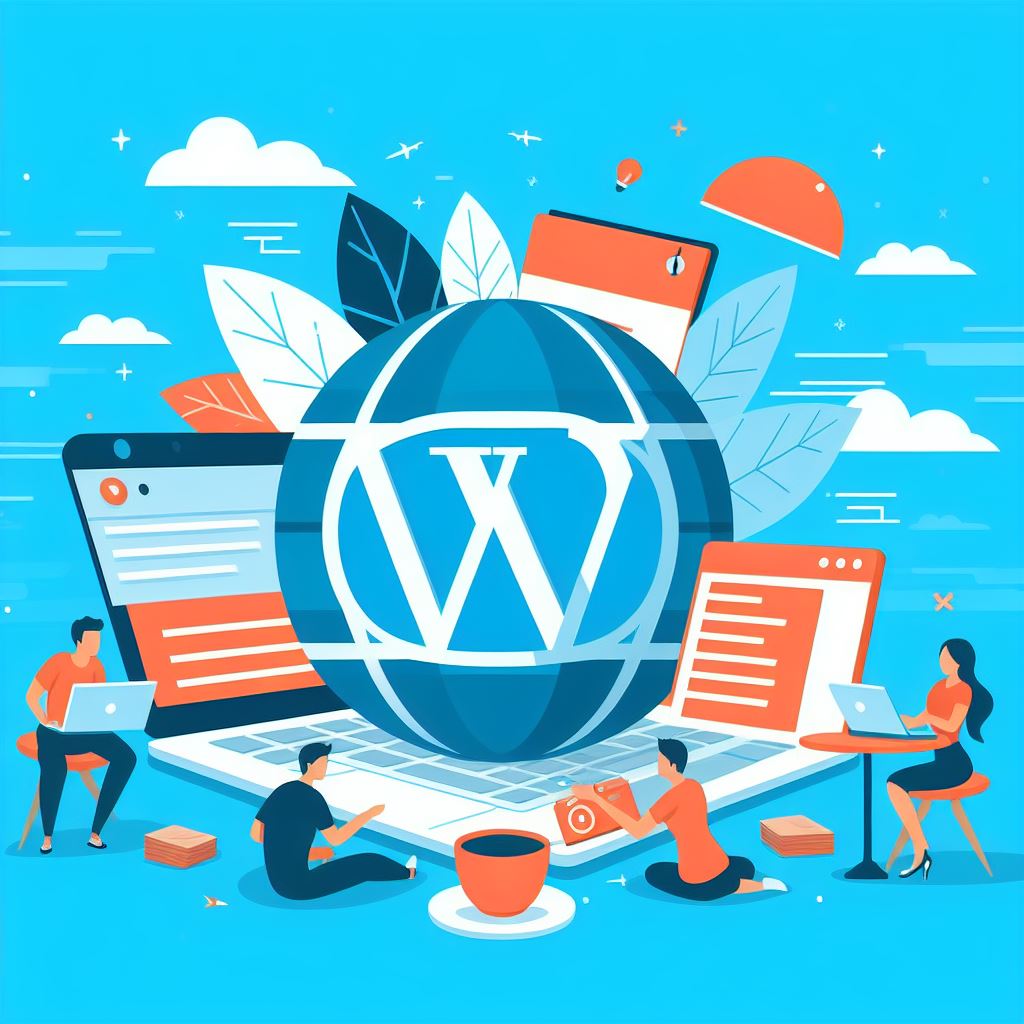WordPress, being one of the most popular content management systems, powers millions of websites across the globe. However, as your website grows in complexity and functionality, you may encounter issues related to memory limits. In this article, we will explore the reasons behind memory limit constraints in WordPress and provide step-by-step guidance on how to increase memory limits to ensure optimal performance.
Understanding Memory Limit in WordPress
Before delving into the process of increase memory limit in wordpress, it’s crucial to understand what memory limits are and why they matter in the context of WordPress.
WordPress, like any other software, relies on PHP (Hypertext Preprocessor) to execute its scripts. PHP scripts often require a certain amount of memory to run efficiently. The memory limit is essentially a cap set by your hosting environment, determining the maximum amount of memory that PHP scripts, and consequently, WordPress, can consume.
When your website surpasses this allocated memory limit, it can lead to various issues such as sluggish performance, unexpected errors, or even complete site crashes. Recognizing the signs of a memory-related problem is the first step towards resolving it.
Common Signs of Low Memory Issues
- Fatal Error Messages:
- Keep an eye out for error messages that mention “Fatal error: Allowed memory size exhausted.” This indicates that your site has hit its memory limit.
- Slow Loading Times:
- If your website takes an unusually long time to load, it may be struggling with limited memory resources.
- Incomplete Actions:
- Tasks like updating plugins, themes, or performing other administrative actions might fail to complete, indicating a potential memory constraint.
Now that we understand the significance of memory limits let’s move on to the steps to increase the memory limit in WordPress.
Checking Your Current Memory Limit
Before making any adjustments, it’s essential to determine your website’s current memory limit. This information will guide you in deciding how much to increase it by.
- Accessing PHP Info:
- Log in to your WordPress hosting account and navigate to the cPanel or equivalent dashboard.
- Look for the “PHP Selector” or “Select PHP Version” option.
- Finding Memory Limit:
- Within the PHP settings, locate the “memory_limit” parameter. This will display your current memory limit.
By understanding your current memory limit, you can make informed decisions about the necessary adjustments.
Methods to Increase Memory Limit in WordPress
Now, let’s explore various methods to increase the memory limit in WordPress. Choose the one that aligns with your hosting environment and technical proficiency.
- Editing wp-config.php File:
- Access your WordPress site’s root directory using an FTP client or cPanel File Manager.
- Locate the
wp-config.phpfile and open it in a text editor. - Add the following line just before the “That’s all, stop editing!” comment: code
define('WP_MEMORY_LIMIT', '256M'); - Adjust the value (e.g., ‘256M’) based on your requirements.
- Editing .htaccess File:
- In the same root directory, find the
.htaccessfile. - Add the following code at the end of the file: code
php_value memory_limit 256M - Again, adjust the value as needed.
- In the same root directory, find the
- Contacting Your Hosting Provider:
- If you’re not comfortable making direct file edits, contact your hosting provider’s support.
- Many hosting providers allow users to request memory limit adjustments through customer support.
- Using a Plugin:
- There are plugins available, such as “WP Memory Usage” or “Increase Memory Limit,” designed to simplify the process.
- Install and activate the chosen plugin, follow its instructions, and adjust the memory limit.
Verifying the Changes
After implementing the chosen method, it’s crucial to verify whether the changes have taken effect.
- Check PHP Info Again:
- Repeat the process of checking your PHP info to confirm that the memory limit has been successfully increased.
- Using a WordPress Plugin:
- If you used a plugin, it may provide information about your current memory limit within its settings or dashboard.
By ensuring the changes are in effect, you can be confident that your WordPress site now has a higher memory allocation.
Optimizing WordPress for Improved Performance
Increasing the memory limit is just one aspect of optimizing your WordPress site for optimal performance. Consider the following additional tips:
- Update WordPress Core, Themes, and Plugins:
- Regularly updating your WordPress installation and associated components can enhance performance and security.
- Limiting Installed Plugins:
- Uninstalling unnecessary plugins and keeping only essential ones can significantly reduce memory usage.
- Optimizing Images:
- Compress and optimize images to reduce the load on your server and improve page loading times.
- Caching:
- Implement a caching solution to store static versions of your pages, reducing the need for server-side processing.
By incorporating these practices alongside increasing the memory limit, you’ll contribute to a smoother and more efficient WordPress experience.
Conclusion
In conclusion, understanding and addressing memory limit issues in WordPress is crucial for maintaining a high-performing website. By following the steps outlined in this guide, you can identify signs of low memory, check your current memory limit, and confidently implement changes to increase it. Whether through direct file edits, contacting your hosting provider, or using plugins, there are multiple avenues to address this issue. Remember to verify the changes and consider additional optimizations for a well-rounded approach to WordPress performance.



